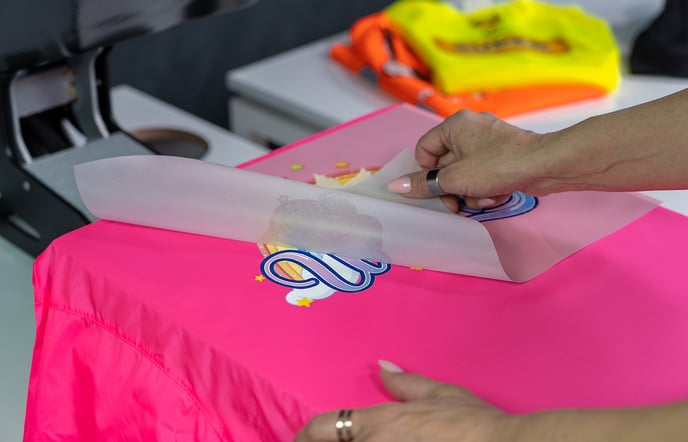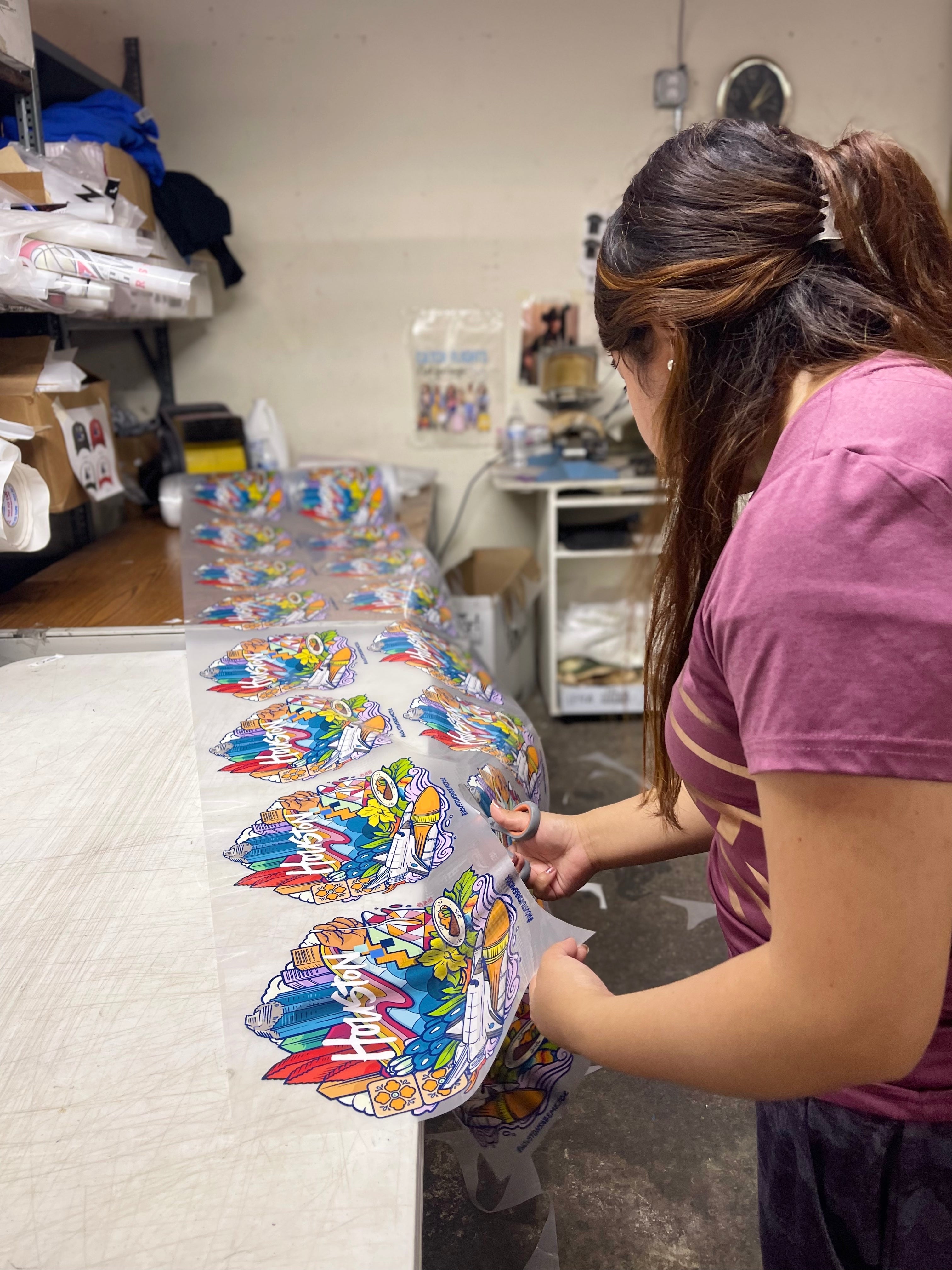Understanding DTF Printing: Idea for Getting Vibrant and Durable Prints
On the planet of fabric printing, achieving resilient and lively prints is a coveted skill that can boost the high quality of your result. Understanding DTF (Direct to Film) printing calls for a mix of technical understanding, accuracy, and focus to detail. From selecting the ideal products to make improvements print settings and improving post-printing ending up techniques, there are various aspects that can affect the end result of your prints. Understanding how to navigate these complexities can make all the distinction in between a sub-par result and a genuinely remarkable one.

DTF Printing Fundamentals
For those new to the world of fabric printing, recognizing the basics of DTF printing is vital to grasping this innovative technique. Straight to Movie (DTF) printing is a modern-day technique that includes transferring layouts from a special film onto numerous fabrics using a warmth press. Unlike standard techniques like display printing, DTF uses advantages such as vibrant shades, elaborate outlining, and the capability to publish on varied materials like cotton, polyester, and blends.
The process begins by publishing the design on an unique DTF film using a suitable printer with CMYK or CMYKW ink sets. As soon as the design is published, it is then cured with a heat press to produce a resilient and durable print. DTF printing is understood for its ability to replicate complex styles with high precision and color precision, making it a prominent selection for companies seeking to create personalized apparel, marketing things, and much more.
Picking the Right Materials

The glue powder acts as a bonding agent between the published style and the fabric, so it should have strong attachment buildings to guarantee a durable and long lasting transfer. By thoroughly picking the ideal materials for DTF printing, printers can boost the quality, vibrancy, and long life of their prints.
Enhancing Print Setups
When intending to attain the best results in DTF printing, careful focus to More about the author maximizing print settings is important for making certain precise and premium transfers onto fabrics. One key aspect to think about when enhancing print setups is the resolution.
While raising the rate can enhance effectiveness, it may compromise the final print's clarity and shade saturation. Trying out with various speeds and observing the results can assist figure out the ideal setting for each print job.
Furthermore, make improvements shade profiles and guaranteeing proper shade monitoring are necessary for accomplishing precise and consistent colors across various prints. By calibrating color setups and profiles, printers can minimize shade deviations and create uniform outcomes, improving the overall print top quality and client complete satisfaction.
Preparing Artwork for DTF Printing
Transform the art work to CMYK color mode to guarantee that the shades convert accurately from screen to print. Keep in mind to mirror the last layout prior to publishing to ensure that it transfers properly onto the garment. By following these actions and paying close focus to the information, you can prepare art work that is maximized for lively and resilient DTF prints.
Post-Printing Finishing Techniques
Carrying out reliable post-printing completing strategies is important to improving the sturdiness and visual appeal of DTF prints on textiles. When the printing procedure is complete, Discover More applying warmth to the printed design is necessary (DTF Printing). Warmth not only help in healing the ink however likewise makes sure that the shades are vivid and durable. A heat press device set at the advised temperature and pressure settings can help accomplish ideal outcomes.
After warm pressing, removing the pet dog film carefully is a vital step. This process ought to be done slowly and progressively to avoid any kind of damages to the print. Once the movie is gotten rid of, the print may call for added healing time to further set the ink right into the fabric. This action helps improve the washability and longevity of the print, ensuring it can endure numerous clean cycles without fading or breaking.
Additionally, trimming any excess film around the layout can offer the final print a professional and clean look. Putting in the time to effectively finish DTF prints post-printing can dramatically impact the total quality and longevity of the textile style.

Conclusion
In final thought, understanding DTF printing calls for a detailed understanding of the basics, selecting ideal materials, maximizing print setups, preparing art work effectively, and using post-printing ending up methods. By adhering to these suggestions and techniques, one can accomplish sturdy and vibrant prints that satisfy their wanted high quality requirements. Regular practice and attention to detail are vital in achieving effective end results in DTF printing.
From selecting the right materials to fine-tuning print settings and developing post-printing completing methods, there are various factors that can influence the result of your prints. Unlike typical techniques like display printing, DTF uses advantages such as vivid shades, elaborate describing, and the capacity to print on varied products like cotton, polyester, and blends.
Once the style is printed, it is after that treated with a warm press to produce a long lasting and resilient print.When aiming to achieve the ideal results in DTF printing, careful focus to enhancing print settings is crucial for making sure high-quality and accurate transfers onto fabrics.In conclusion, mastering DTF printing needs a thorough understanding of the essentials, choosing appropriate materials, optimizing print settings, preparing artwork efficiently, and making use of web link post-printing completing strategies.